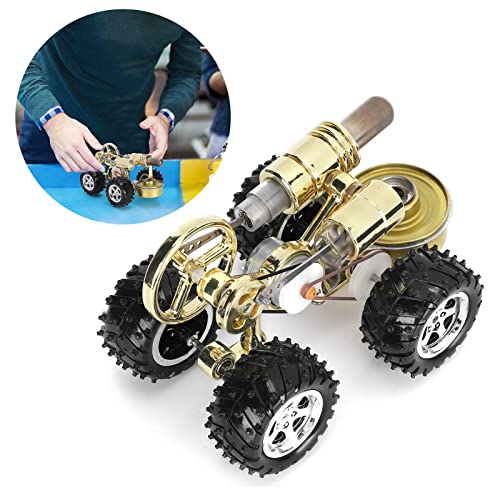BaronJ
Grumpy Old Git.
Hi Guys,
I promised that I would do a write up on some of the modifications that I did on my Taiwanese 6X4 bandsaw that I acquired from an engineering company that I've done work for and they let me go and raid their scrap box.
The bandsaw was hidden away in a remote store room, having been discarded as no good ! In actual fact at some time in its life it had fallen on its back, breaking the hinge pivot arm, to which someone had tried, badly, to do a plate repair. The machine also had a 1 Hp Brooks motor fitted. Presumably because the original motor had either failed or been damaged when the machine fell over.
The three pictures below show the original broken hinge pivot. I obtained a new one from "Machine Mart" here in the UK, I also purchased a new gearbox pulley from them. A very reasonable £12 pounds inc carriage and VAT for both items.


Here you can see the bodged repair. The blade arm wobbled all over the place, no hope of a square cut !

Screws were put in the sides to attempt to strengthen the repair.

The new hinge pivot arm before being painted.
The bandsaw was on a tinplate stand that had seen better days !
I didn't take any pictures of the machine when I got it, however I did take a lot during the complete refurbishment.
I designed and built a new square tubular frame stand for it including putting it on 75 mm swivel castors, two of them having a braking mechanism. Which is handy to stop it wandering off in use.



The steel that I used was 1" square 10 gauge wall thickness. I used offcuts of the square tube for the original support bolt placement going through the cast iron bandsaw frame.

I used some pieces of scrap 3 mm steel plate with slotted holes just in case I hadn't quite got the holes in the right place. In fact it was a good thing because the holes in the casters were a slightly different spacing for the ones without brakes.
I promised that I would do a write up on some of the modifications that I did on my Taiwanese 6X4 bandsaw that I acquired from an engineering company that I've done work for and they let me go and raid their scrap box.
The bandsaw was hidden away in a remote store room, having been discarded as no good ! In actual fact at some time in its life it had fallen on its back, breaking the hinge pivot arm, to which someone had tried, badly, to do a plate repair. The machine also had a 1 Hp Brooks motor fitted. Presumably because the original motor had either failed or been damaged when the machine fell over.
The three pictures below show the original broken hinge pivot. I obtained a new one from "Machine Mart" here in the UK, I also purchased a new gearbox pulley from them. A very reasonable £12 pounds inc carriage and VAT for both items.


Here you can see the bodged repair. The blade arm wobbled all over the place, no hope of a square cut !

Screws were put in the sides to attempt to strengthen the repair.

The new hinge pivot arm before being painted.
The bandsaw was on a tinplate stand that had seen better days !
I didn't take any pictures of the machine when I got it, however I did take a lot during the complete refurbishment.
I designed and built a new square tubular frame stand for it including putting it on 75 mm swivel castors, two of them having a braking mechanism. Which is handy to stop it wandering off in use.



The steel that I used was 1" square 10 gauge wall thickness. I used offcuts of the square tube for the original support bolt placement going through the cast iron bandsaw frame.

I used some pieces of scrap 3 mm steel plate with slotted holes just in case I hadn't quite got the holes in the right place. In fact it was a good thing because the holes in the casters were a slightly different spacing for the ones without brakes.












































![DreamPlan Home Design and Landscaping Software Free for Windows [PC Download]](https://m.media-amazon.com/images/I/51kvZH2dVLL._SL500_.jpg)























![MeshMagic 3D Free 3D Modeling Software [Download]](https://m.media-amazon.com/images/I/B1U+p8ewjGS._SL500_.png)




































